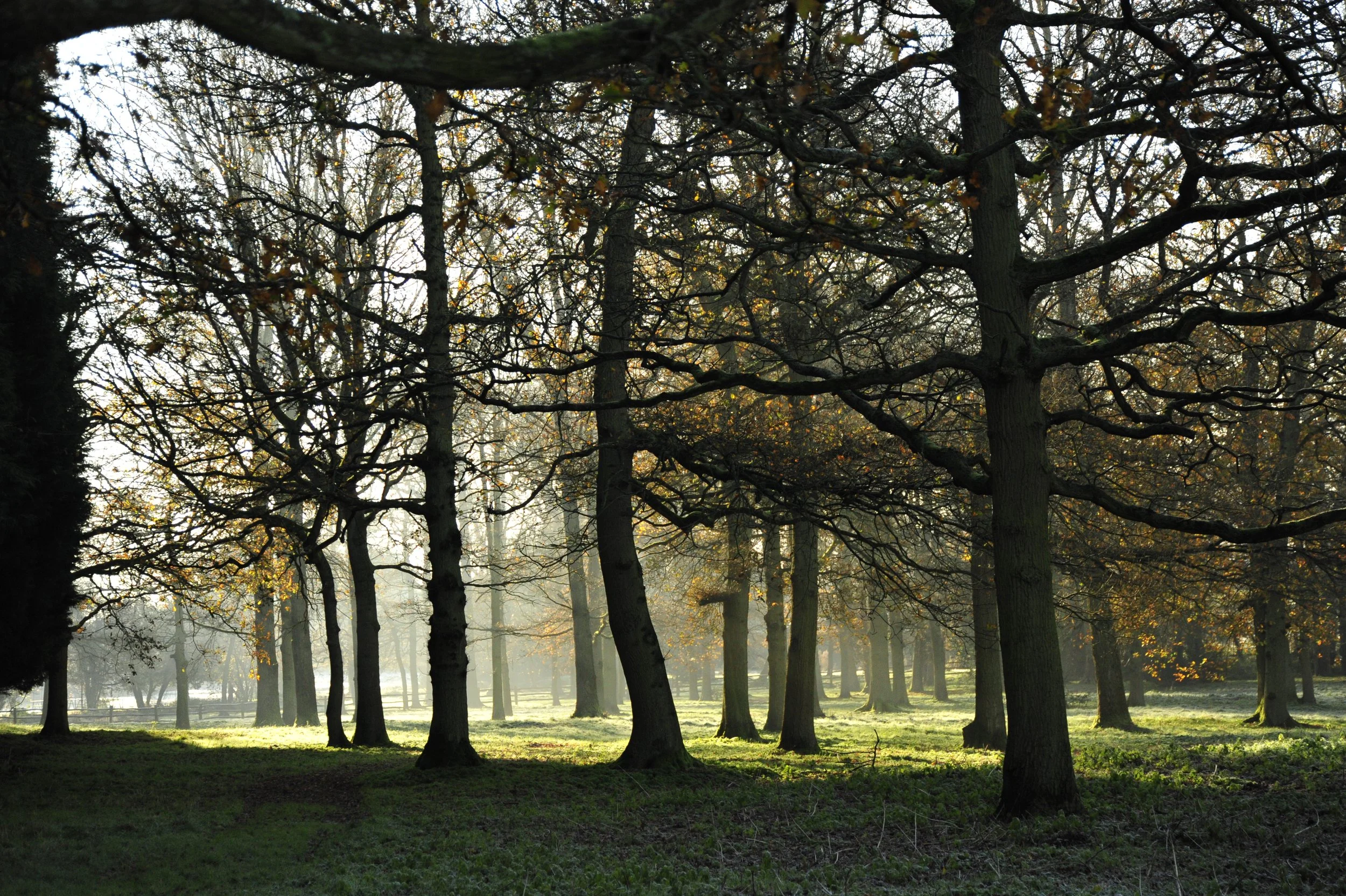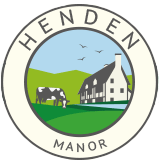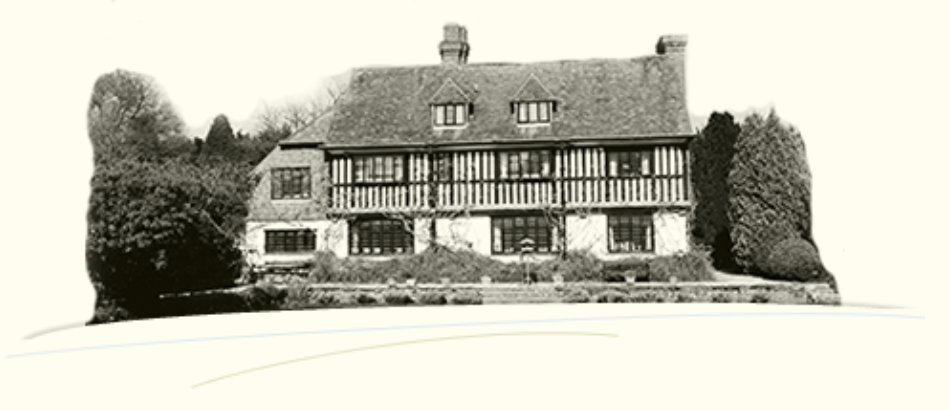
THE HISTORY OF HENDEN
The History of Henden
Henden is one of the oldest farms in the Ide Hill area, which was originally called Edythshill. The current house was probably built in the 15th Century. It is a moated farmhouse, which has subsequently been extended and altered.
Henden, also referred to at the time as Hethenden, probably started life over a thousand years ago as a clearing in the forest that lay over the land. In time the farm became part of the Manor of Sundridge, a more important village lying to the north of Ide Hill. This was short-lived, however, and Henden soon became an independent Manor. During this time, which spanned the reigns of Henry III (1216-72) and Henry VIII (1509-47), Henden was gifted to high-ranking families for services to the Crown. These were the families of de Burghersh, le Despencer and the Earls of Warwick, including the Earl of Warwick, the Kingmaker.
In 1518, Henry VIII exchanged Henden and its associated land with Sir Thomas Boleyn for his Newhall Manor in Essex. There is an unsubstantiated rumour that Henden is where Henry VIII met Ann Boleyn. She became Queen in 1533, but was executed in 1536.
On the deaths of Susannah Hoskins in 1798 and of her husband in 1806 the Estate passed to her aunt, Katharine, widow of the Reverend Leigh Master of Newhall, Lancashire, and thereafter descending to the Hoskins-Master family. In late 1926, Charles Hoskins Master sold Henden to the Barrow Green Estate Company.
In late 1933, the Estate was leased for five years to the Ealing Studios film producer, Sir Michael Balcon. It was Sir Michael who gave Alfred Hitchcock his first film Directorship and Hitchcock was said to be a frequent visitor to Henden during this time. In 1937, when Sir Michael still held the lease, the Estate was put up for sale again and was bought by Robert Spear Hudson MP, later Viscount Hudson, who became Sir Winston Churchill’s Agriculture Minister in 1940. He went on to sell the place in 1939 to Geoffrey Philcox. According to Mr. Philcox, the farm was then in a derelict condition, although this description did not extend to what was regarded as a lovely Italianate terrace, which lay close to the Manor house. Sadly this garden was dug up during the Second World War as part of the “Dig for Victory” campaign to assist in the production of food for the war effort.
Since the Second World War, Henden passed through several owners until 1978 when Ron Scott bought the Estate, fully restoring the house and moat at considerable expense and adding a swimming pool and garage complex as well as some greenhouses and a tennis court. Mr. Scott sold the house in 1992 to Roger Sparks a property developer. We bought the estate in June 1997. In 2008, we added to the land by buying three large fields to the north of the Estate. These were bought back into the Estate having previously been sold in 1976. We also bought a small, adjacent field to the south. In 2013, we bought a further 18 acres of land within quarter of a mile of the Estate.
If you would like to know more do visit the below links:
https://www.parksandgardens.org/places/henden-manor
https://webapps.kent.gov.uk/KCC.ExploringKentsPast.Web.Sites.Public/SingleResult.aspx?uid=MKE92574


